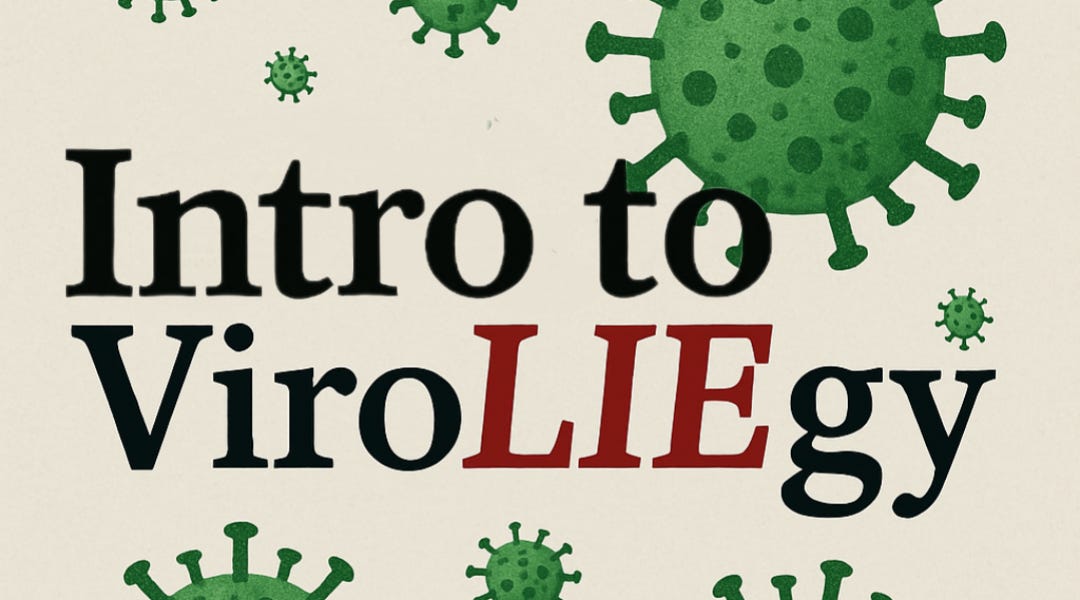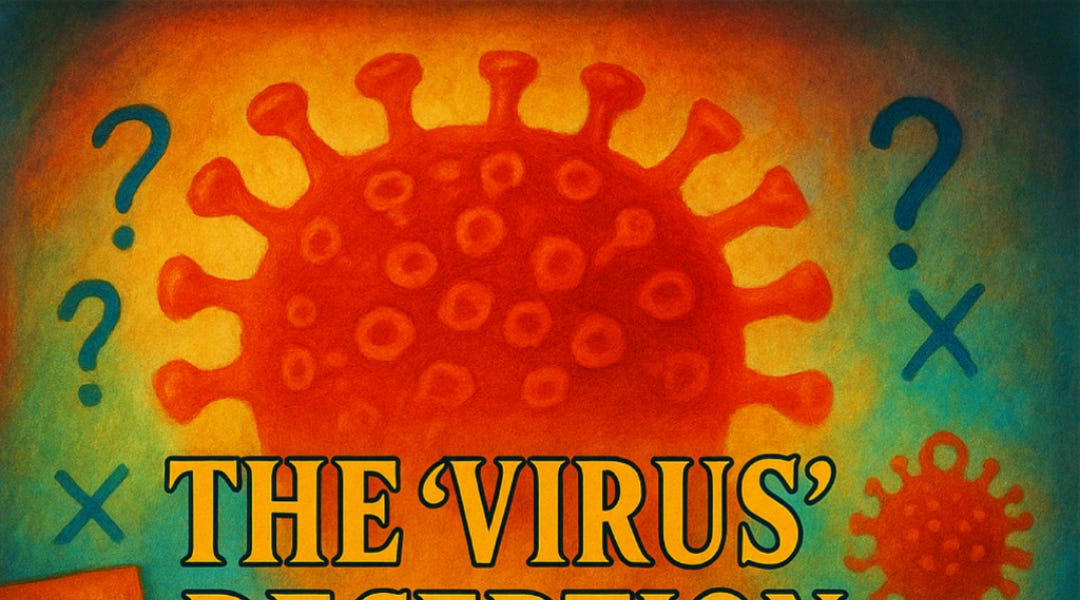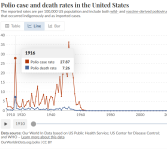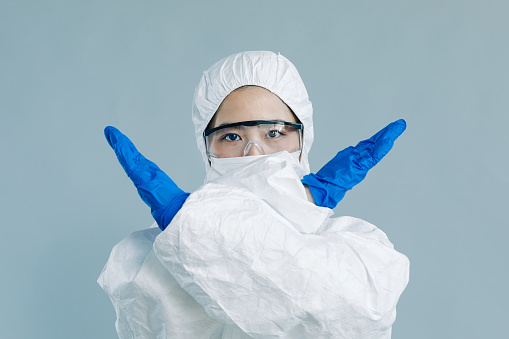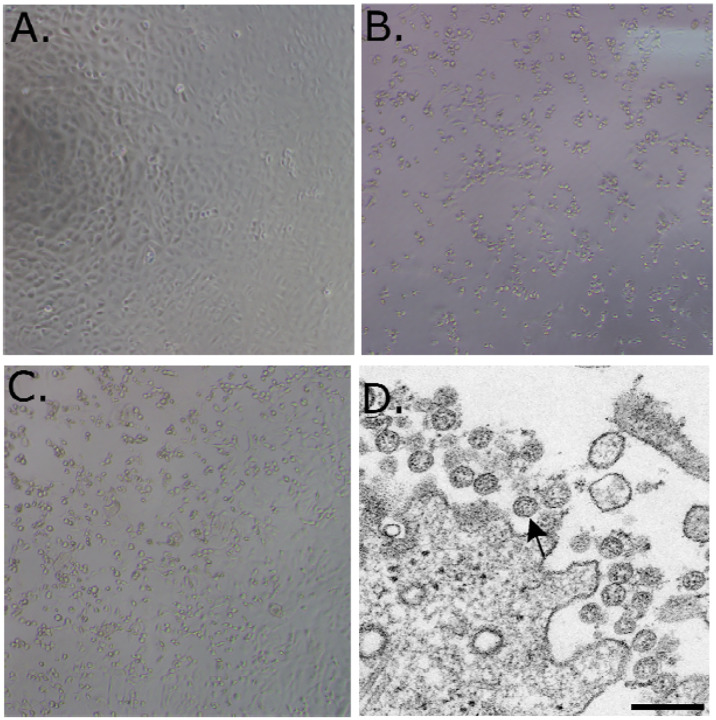ZenMode
Well-known member
I think you did in your previous post, but it may be that you're no longer doing so, which is good.
Coordination in the sense of reading the same material, sure, but using the term lie implies that most people who say they believe in biological viruses don't actually believe in biological viruses. I have never stated nor implied that. As I've said to you previously, I believe that virology is very similar to scientology. Both claim to be based on solid foundations, and I can easily believe that most people in both groups really do believe this. It's just that it's not true, in either case.
There are certainly serious -pressures- for medical doctors to stay on board the mainstream narrative in regard to covid as well as to biological viruses. When it comes to some parts of the covid narrative, those who rebelled are now being awarded:

Intellectual Freedom Award goes to Stanford doctor who challenged Covid narrative | FreePressers
Dr. Jay Bhattacharya, a professor of medicine at Stanford University who received death threats and was blacklisted by so...freepressers.com
However, this clearly still isn't the case when it comes to rebelling against the mainstream narrative that biological viruses are real.
Not just reading the same info, but actively working together, around the globe, to keep lies going.I think you did in your previous post, but it may be that you're no longer doing so, which is good.
Coordination in the sense of reading the same material, sure, but using the term lie implies that most people who say they believe in biological viruses don't actually believe in biological viruses. I have never stated nor implied that. As I've said to you previously, I believe that virology is very similar to scientology. Both claim to be based on solid foundations, and I can easily believe that most people in both groups really do believe this. It's just that it's not true, in either case.
I mentioned HIV in my last post. Explain how your beliefs of manufacturing the existence of biological viruses would play out in regard to a new virus... a new virus that scientists around the world are researching. How does it work out that they all end up on the same page, not just in regard to HIV, but now talking about all viruses for as long as virology has existed.
You believe that peer pressure would keep e v e r y s i n g l e doctor/virologist/pharmaceutical researcher EVER in line? Is that really what you believe?
Now you're creating a Strawman. He didn't question the existence of Covid. He questioned the policies, especially lockdowns, associated with Covid.There are certainly serious -pressures- for medical doctors to stay on board the mainstream narrative in regard to covid as well as to biological viruses. When it comes to some parts of the covid narrative, those who rebelled are now being awarded:

Intellectual Freedom Award goes to Stanford doctor who challenged Covid narrative | FreePressers
Dr. Jay Bhattacharya, a professor of medicine at Stanford University who received death threats and was blacklisted by so...freepressers.com
You're talking in circles. You're assuming there is grand conspiracy in regard to biological viruses and using that to rationalize other claims. It's no different than religious people saying "I know the Bible is the word of God because the Bible says it's the word of God."However, this clearly still isn't the case when it comes to rebelling against the mainstream narrative that biological viruses are real.

